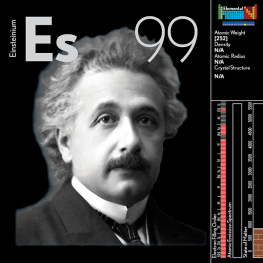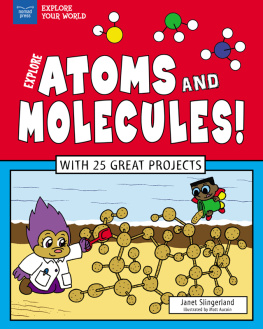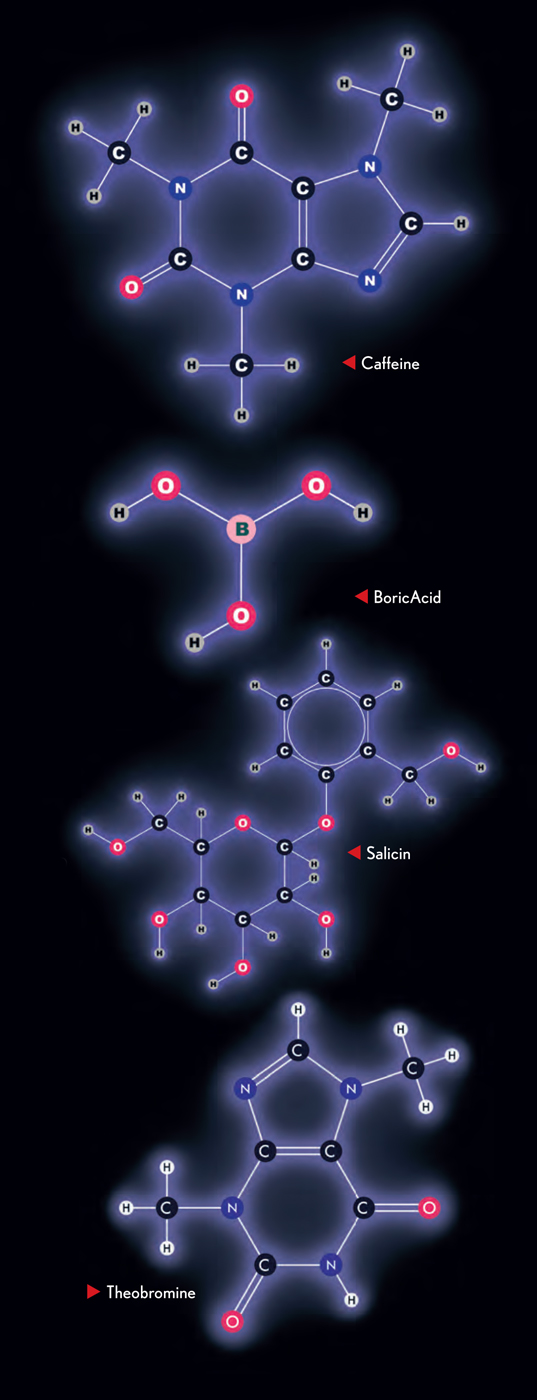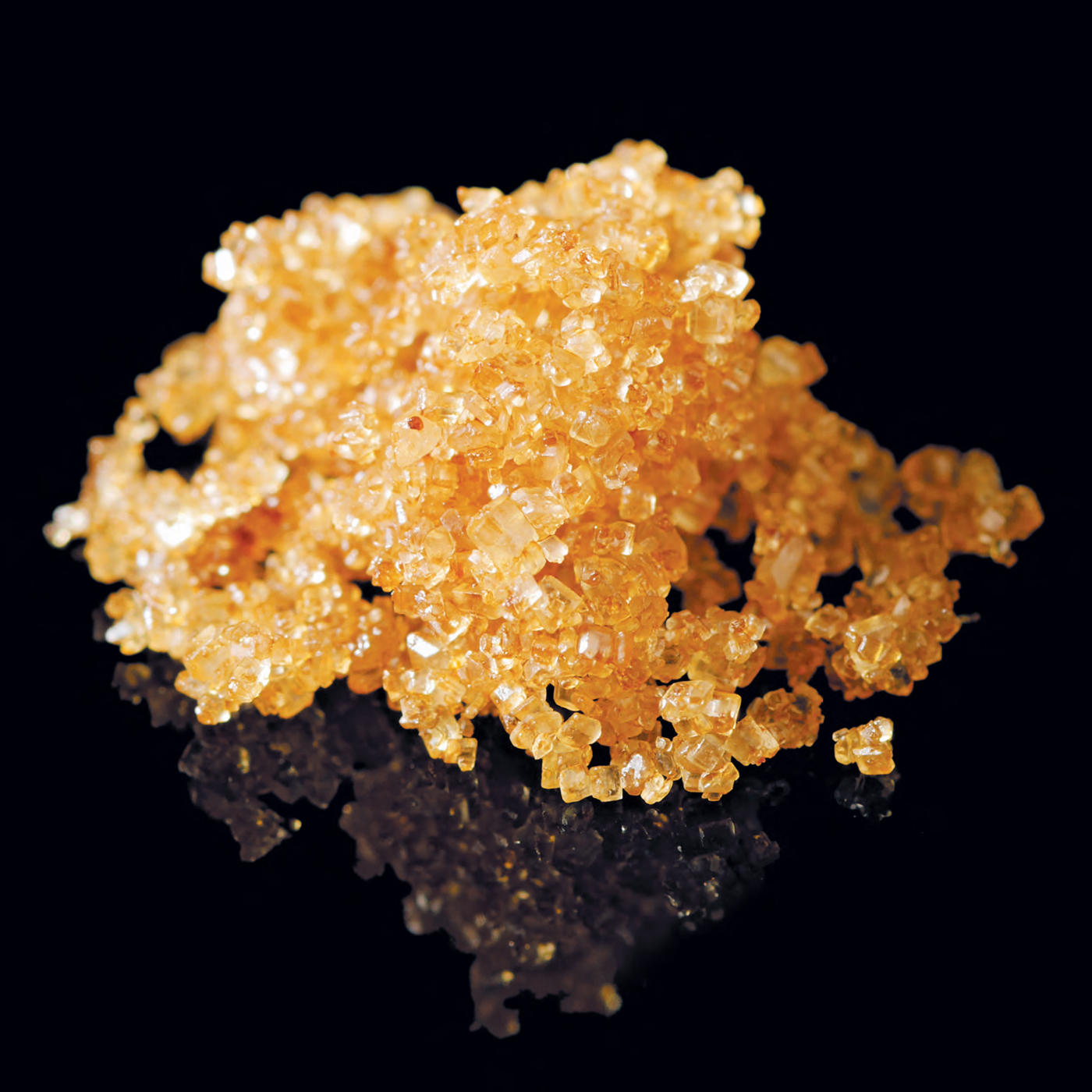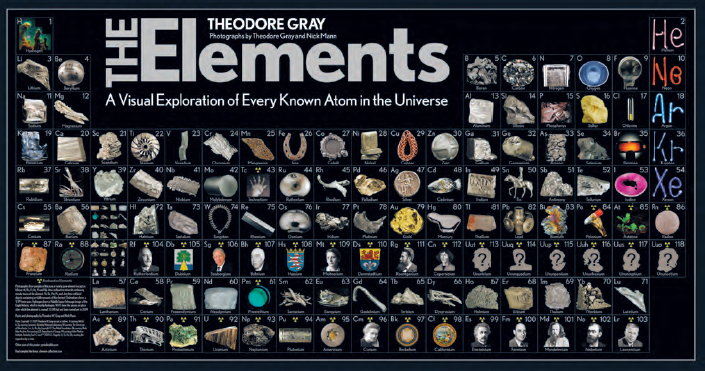Theodore Gray - Molecules: The Elements and the Architecture of Everything
Here you can read online Theodore Gray - Molecules: The Elements and the Architecture of Everything full text of the book (entire story) in english for free. Download pdf and epub, get meaning, cover and reviews about this ebook. year: 2014, publisher: Black Dog & Leventhal, genre: Children. Description of the work, (preface) as well as reviews are available. Best literature library LitArk.com created for fans of good reading and offers a wide selection of genres:
Romance novel
Science fiction
Adventure
Detective
Science
History
Home and family
Prose
Art
Politics
Computer
Non-fiction
Religion
Business
Children
Humor
Choose a favorite category and find really read worthwhile books. Enjoy immersion in the world of imagination, feel the emotions of the characters or learn something new for yourself, make an fascinating discovery.

- Book:Molecules: The Elements and the Architecture of Everything
- Author:
- Publisher:Black Dog & Leventhal
- Genre:
- Year:2014
- Rating:3 / 5
- Favourites:Add to favourites
- Your mark:
Molecules: The Elements and the Architecture of Everything: summary, description and annotation
We offer to read an annotation, description, summary or preface (depends on what the author of the book "Molecules: The Elements and the Architecture of Everything" wrote himself). If you haven't found the necessary information about the book — write in the comments, we will try to find it.
In his highly anticipated sequel to The Elements, Theodore Gray demonstrates how the elements of the periodic table combine to form the molecules that make up our world.
Everything physical is made up of the elements and the infinite variety of molecules they form when they combine with each other. In Molecules, Theodore Gray takes the next step in the grand story that began with the periodic table in his best-selling book, The Elements: A Visual Exploration of Every Known Atom in the Universe. Here, he explores through fascinating stories and trademark stunning photography the most interesting, essential, useful, and beautiful of the millions of chemical structures that make up every material in the world.
Gray begins with an explanation of how atoms bond to form molecules and compounds, as well as the difference between organic and inorganic chemistry. He then goes on to explore the vast array of materials molecules can create, including: soaps and solvents; goops and oils; rocks and ores; ropes and fibers; painkillers and dangerous drugs; sweeteners; perfumes and stink bombs; colors and pigments; and controversial compounds including asbestos, CFCs, and thimerosal.
Big, gorgeous photographs, as well as diagrams of the compounds and their chemical bonds, rendered with never before seen beauty, fill the pages and capture molecules in their various states.
As he did in The Elements, Gray shows us molecules as weve never seen them before. Its the perfect book for his loyal fans whove been eager for more and for anyone fascinated with the mysteries of the material world.
Theodore Gray: author's other books
Who wrote Molecules: The Elements and the Architecture of Everything? Find out the surname, the name of the author of the book and a list of all author's works by series.

